World News
Microsoft brings Python to Excel, Cruise reduces fleet following crash, and MrBeast creates controversy on August 26, 2023 at 8:15 pm
Hello, folks, and welcome to Week in Review (WiR), TechCrunch’s regular newsletter that covers the biggest happenings in tech over the past few days. Haven’t been able to follow the news closely? Don’t sweat it. WiR will get you up to speed.
In this edition of WiR, we cover Microsoft bringing Python to Excel, Cruise being forced to reduce its robotaxi fleet following a crash, and Amazon launching its new Fire TV Channels app. We also recap Twitter competitor Bluesky buckling under load, influencer MrBeast’s poorly timed Olympics video, IBM building a code translator for COBOL, and Snapchat expanding further into generative AI.
If you haven’t already, sign up here to get WiR in your inbox every Saturday. Now, without further ado, here’s the week’s news!
Most read
Microsoft brings Python to Excel: Microsoft this week announced the public preview of Python in Excel, which will allow advanced spreadsheet users to combine scripts in the popular Python language and their usual Excel formulas in the same workbook. The feature will first roll out to Microsoft 365 Insiders as part of the Excel for Windows beta channel, Frederic reports.
Cruise told to reduce fleet following crash: Cruise, the self-driving car subsidiary of GM, has been asked by the California Department of Motor Vehicles to reduce its robotaxi fleet by 50% in San Francisco following a crash Thursday night with a fire truck.
MrBeast’s geopolitical nightmare: Billionaire creator MrBeast inadvertently stoked generations of geopolitical tension in his latest YouTube video, in which participants from “every country on Earth” competed in “Squid Game”-like elimination challenges for a chance to win $250,000. It was the countries that weren’t included in the competition, as well as the map featured in the video, that made the stunt ripe for discourse.
IBM taps AI to translate COBOL code: IBM this week unveiled Code Assistant for IBM Z, which uses a code-generating AI model to translate COBOL (one of the older programming languages in use) into Java syntax. It’s potentially quite handy, considering there’s over 800 billion lines of COBOL in use on production systems and a strong desire among many of the companies using it to migrate to more modern languages.
Amazon launches Fire TV Channels app: Amazon announced Monday the launch of its new Fire TV Channels app, giving Fire TV customers access to over 400 free ad-supported TV channels, including ABC News, CBS Sports, Fox Sports, MLB, Martha Stewart and more.
Bluesky struggles with growing popularity: X (formerly Twitter) competitor Bluesky buckled following Elon Musk’s announcement that X will no longer support blocking users in favor of mutes only. The company has often had to deal with an influx of users when Twitter announces particularly unwelcome changes, Sarah writes.
Snapchat adds new generative AI features: Snapchat is preparing to further expand into generative AI features, after earlier launching its AI-powered chatbot My AI, which can now respond with a Snap back, not just text. With the company’s forthcoming generative AI feature called “Dreams,” Snap will again experiment with AI images — but soon, those images may contain you and your friends in imaginative backgrounds.
Phone hacking company tries to keep tech secret: For years, cops and other government authorities all over the world have been using phone hacking technology provided by Cellebrite to unlock phones and obtain the data within. And the company has been keen on keeping the use of its technology “hush hush,” Lorenzo reports.
Audio
Have a hankering for new podcast content? You’re in luck. TechCrunch has plenty on deck for your listening enjoyment.
On Equity, the crew discussed Nvidia’s earnings report, raises from Ramp and AI-powered writing platform Lex, Northvolt’s move to North America, the story behind Better.com’s IPO and startups that are literally full of crap (it’ll make sense once you listen — trust me).
Meanwhile, Found focused on Feyi Ayodele, the co-founder and CEO of CancerIQ, a precision health company designed for physicians to help their patients with monitoring cancer risk and prevention. Ayodele recounted how she came up with the startup idea while hiking Mount Kilimanjaro with her mother.
And on Chain Reaction, Erik Svenson talked about Blockstream, a bitcoin and blockchain-focused infrastructure firm that he helped co-found in 2014. Blockstream has its own sidechain technology, Liquid Network, as well as bitcoin mining operations and hardware wallets for Bitcoin and other assets.
TechCrunch+
TC+ subscribers get access to in-depth commentary, analysis and surveys — which you know if you’re already a subscriber. If you’re not, consider signing up. Here are a few highlights from this week:
OnlyFans proves the creator economy boom was real: Venture capital investment into the creator economy category slowed down significantly starting in the second half of 2022. But Ron and Anna write about how OnlyFans’ profitability suggests that there’s juice in the sector yet.
Nvidia rides the AI wave — but for how long?: When Nvidia announced eye-popping earnings on Wednesday with three-digit year-over-year growth, it was easy to get caught up in the excitement. But the lingering question is, can it keep it up?
The late-stage venture market is crumbling: New data from CB Insights details that there have been sharp valuation declines across nearly every startup stage around the world. But is that a reason for panic? Alex and Anna don’t think so — at least not now.
Grab your pass to TC Disrupt 2023
Join 10,000 startup leaders in San Francisco at TechCrunch Disrupt on September 19–21. Last-minute passes are still available. Save 15% with code WIR. Register now!
Hello, folks, and welcome to Week in Review (WiR), TechCrunch’s regular newsletter that covers the biggest happenings in tech over the past few days. Haven’t been able to follow the news closely? Don’t sweat it. WiR will get you up to speed. In this edition of WiR, we cover Microsoft bringing Python to Excel, Cruise
Business
The Cities Bracing for Trump’s Immigration Crackdown

In the wake of Donald Trump’s recent election victory and his promise of “the largest deportation operation in American history,” several major U.S. cities are bracing for potentially seismic shifts in their economic and social landscapes. As the nation grapples with the implications of this proposed policy, urban centers that have long been havens for immigrant communities find themselves at the epicenter of a looming storm.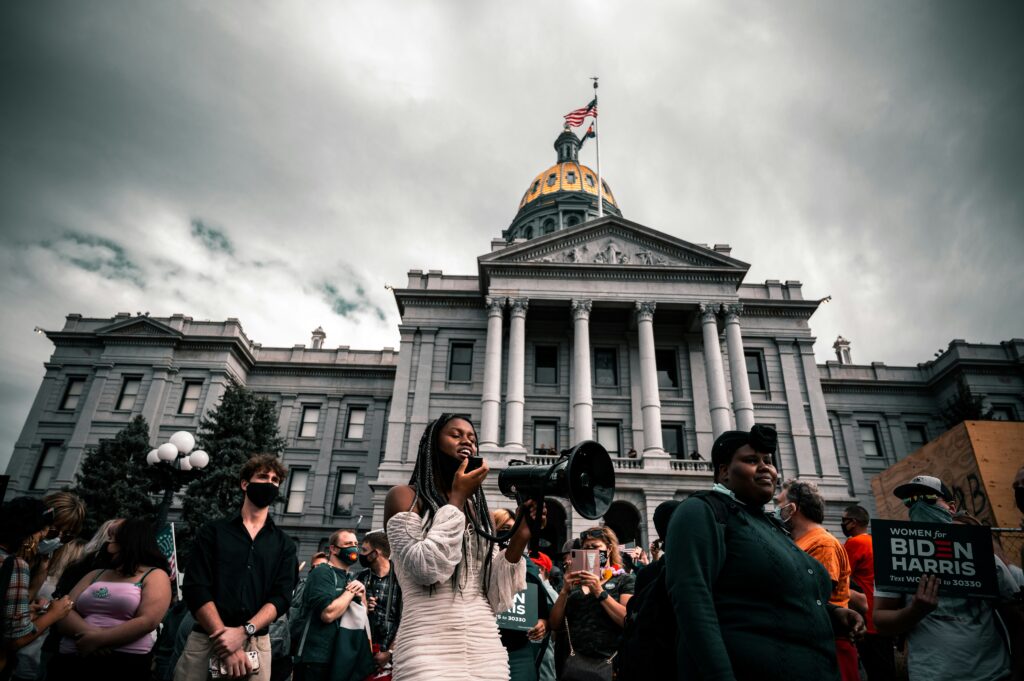
Los Angeles, often dubbed the “City of Angels,” stands to lose more than its celestial nickname suggests. As a primary gateway for immigrants, the city’s vibrant tapestry of cultures and its economic engine could face significant disruption. From the bustling streets of Koreatown to the sun-drenched orchards of the Central Valley, the absence of undocumented workers could leave gaping holes in the city’s workforce and cultural identity.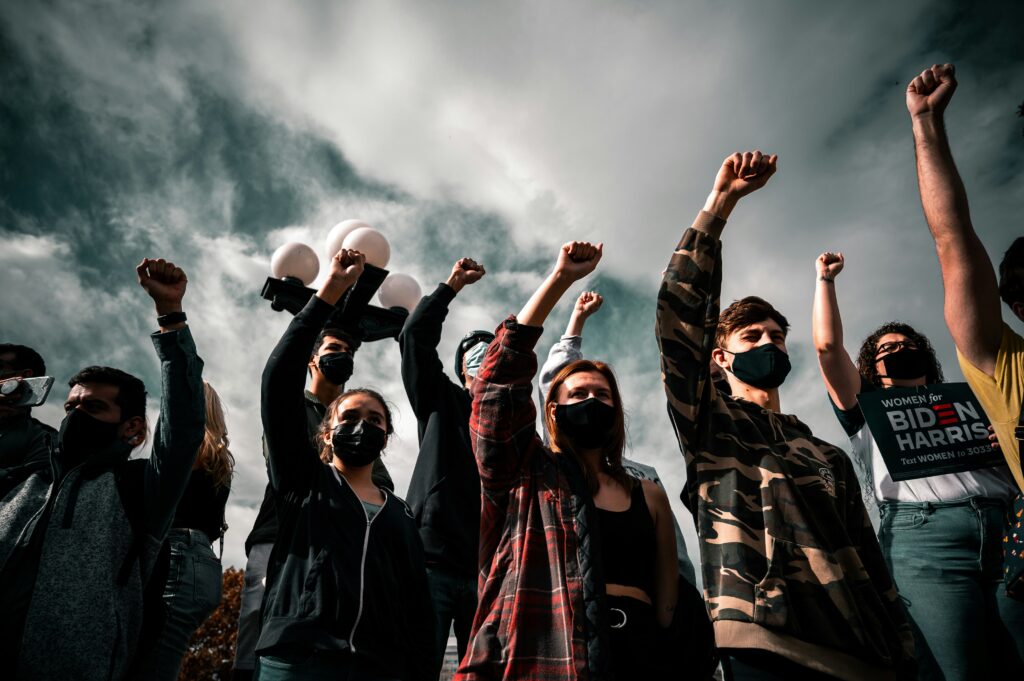
Across the country, New York City, with its iconic skyline and melting pot reputation, faces its own reckoning. The Big Apple’s 5.9 million immigrants, many of whom are undocumented, form the backbone of industries ranging from construction to healthcare. The potential exodus could transform neighborhoods like Jackson Heights and Flushing, altering the very essence of what makes New York a global city.In the Sunshine State, Miami’s tropical allure belies the turbulent times ahead. Home to 2.5 million immigrants, the city’s economy relies heavily on sectors like tourism and hospitality – industries where undocumented workers often fill crucial roles. The potential deportation of these workers could send shockwaves through Miami’s economic ecosystem, from South Beach’s glitzy hotels to the agricultural heartlands of South Florida.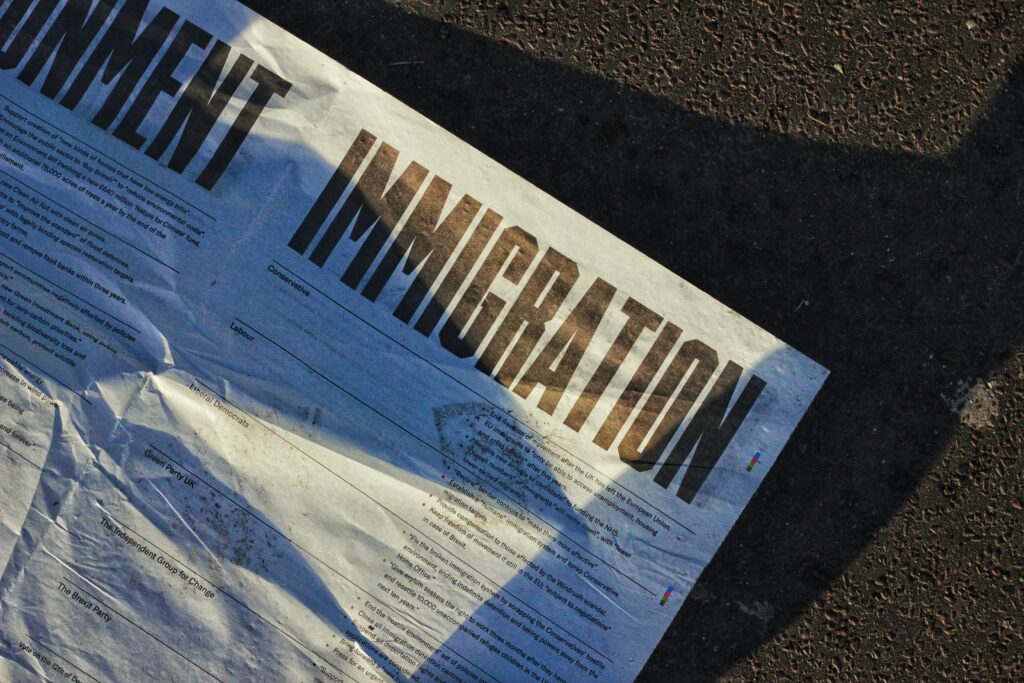
Chicago, the “City of Big Shoulders,” may find those shoulders significantly weakened. With 1.7 million immigrants in its metropolitan area, the Windy City’s diverse neighborhoods and industries face an uncertain future. From the meatpacking plants to the tech startups, Chicago’s economic resilience could be tested like never before.
In the Lone Star State, Houston and Dallas stand as twin testaments to the complexities of immigration policy. These Texas titans, each home to large immigrant populations, could see their booming economies stumble. The construction sites that dot their ever-expanding skylines and the service industries that keep these cities humming could face unprecedented labor shortages.

Out West, the San Francisco Bay Area’s reputation as a bastion of innovation and progress could be challenged. The region’s tech industry, often reliant on immigrant talent, might find itself grappling with a new reality. From Silicon Valley’s coding campuses to the agricultural expanses of the Central Valley, California’s economic powerhouse could face a reckoning. Phoenix, rising from the Sonoran Desert, could see its growth trajectory altered. As Arizona’s urban center, it stands at the forefront of the immigration debate, potentially facing not just economic impacts but social and political upheaval as well.
These cities, along with others like San Diego and Las Vegas, are not just facing potential economic disruptions. They are staring down the barrel of profound social change. Family separations, community fragmentation, and the erosion of cultural enclaves built over generations are all possible consequences of mass deportations. Moreover, the fiscal implications are staggering. Undocumented immigrants contribute billions in taxes annually, often without receiving the full benefits of their contributions. Their sudden absence could leave gaping holes in city budgets, potentially affecting public services and infrastructure projects.
As these urban centers brace for impact, the debate rages on. Supporters of stricter immigration policies argue for the need to enforce laws and protect American jobs. Critics warn of economic devastation and the unraveling of America’s urban fabric. What’s clear is that America’s cities stand at a crossroads. The coming months and years will likely reshape urban landscapes in ways both visible and invisible. From the foods we eat to the services we rely on, from the neighborhoods we call home to the very character of our cities, the impacts of this proposed immigration crackdown could be far-reaching and long-lasting. As the nation watches and waits, these cities – vibrant, diverse, and economically vital – find themselves on the front lines of a policy that could redefine what it means to be an American city in the 21st century.
Bolanle Media is excited to announce our partnership with The Newbie Film Academy to offer comprehensive courses designed specifically for aspiring filmmakers. Whether you’re just starting out or looking to enhance your skills, our resources will provide you with the tools and knowledge needed to succeed in the competitive world of screenwriting. Join us today to unlock your creative potential and take your first steps toward crafting compelling stories that resonate with audiences. Let’s turn your ideas into impactful scripts together!
Business
How Trump’s Deportation Plans Could Reshape Major Cities
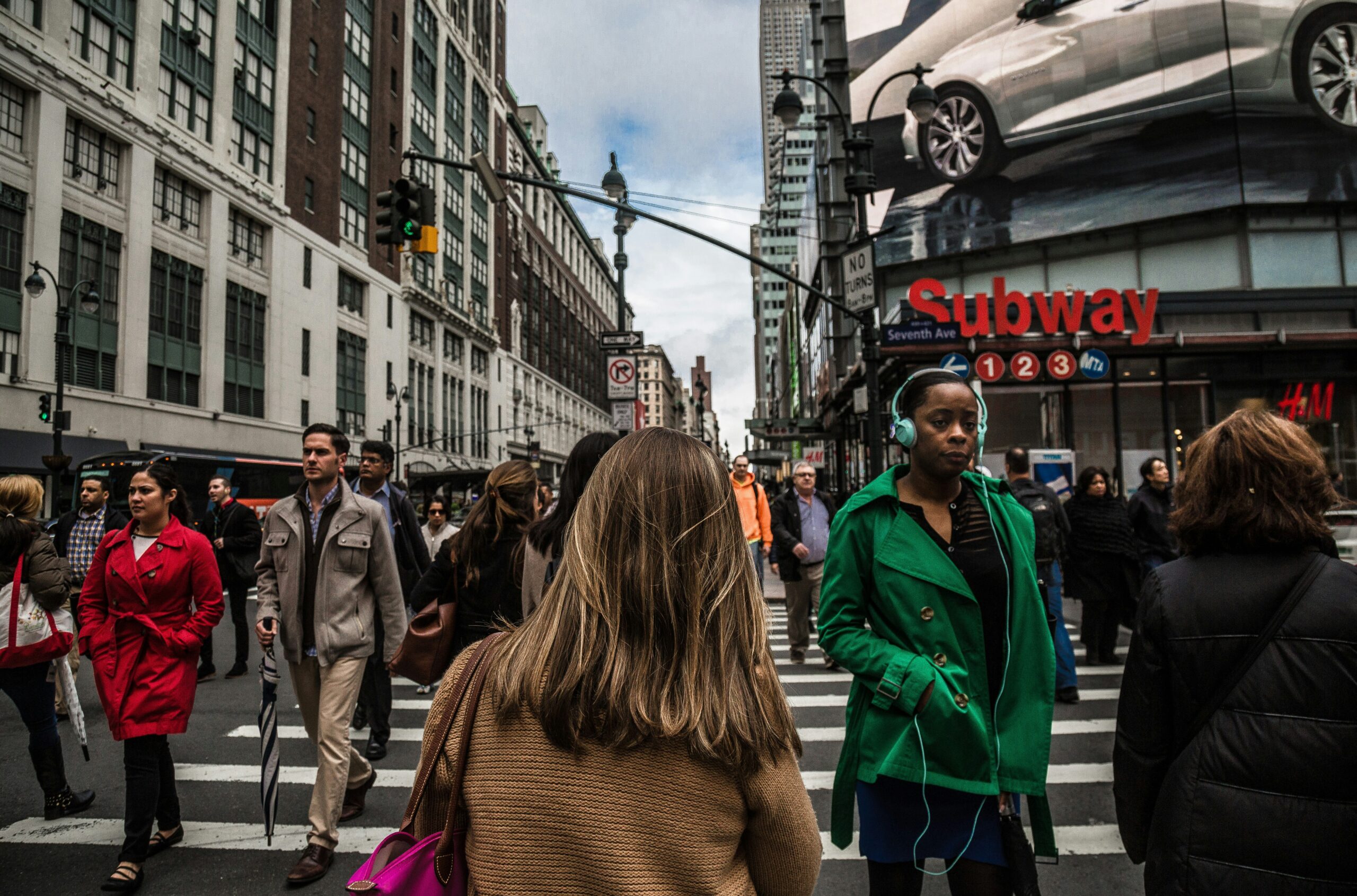
In the wake of Donald Trump’s recent election victory, his ambitious plans for mass deportations have thrust America’s urban centers into the spotlight. As the nation grapples with the potential implications of what Trump calls “the largest deportation operation in American history,” cities across the country are bracing for significant changes that could reshape their economic, social, and cultural landscapes.
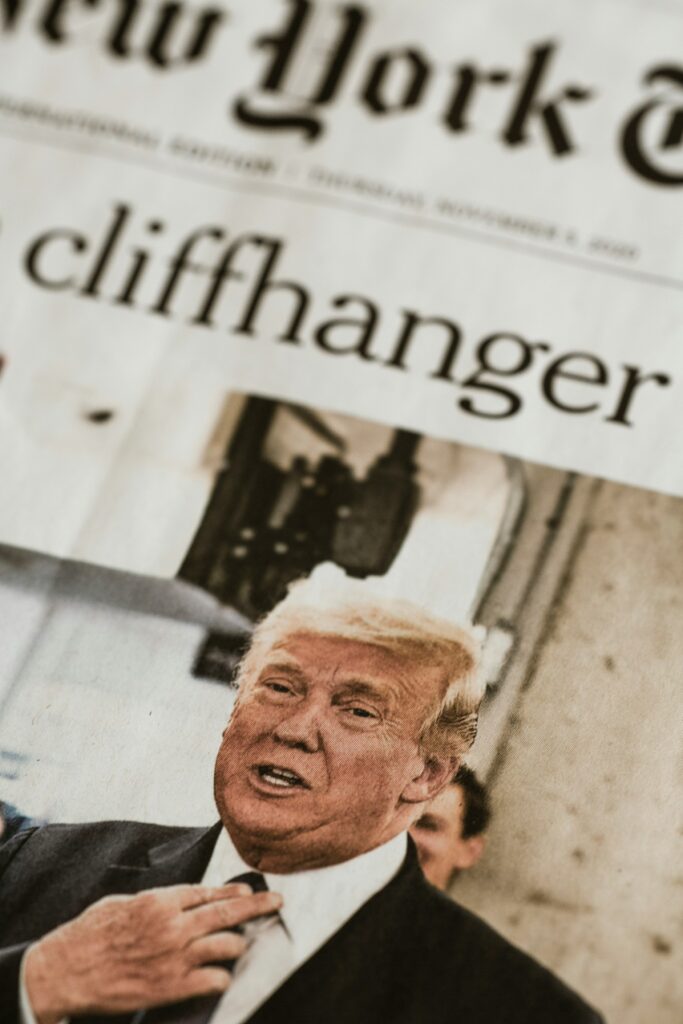
The stakes are particularly high for metropolitan areas like New York, Los Angeles, Houston, Dallas, and Miami, which host the largest populations of unauthorized immigrants. These cities, along with other major urban hubs such as Chicago, Washington D.C., and San Francisco, stand at the forefront of a looming transformation that could reverberate throughout the nation.
Economic Tremors
Economists warn that the proposed deportations could send shockwaves through urban economies. Mark Zandi, chief economist at Moody’s, cautions that businesses would face “significant challenges” if a substantial number of immigrants were removed. Industries such as construction, hospitality, and healthcare—pillars of urban economies—could face severe labor shortages.
Joe Brusuelas, chief economist at RSM, emphasizes the potential ripple effects: “The native-born workforce cannot meet current labor demands.” This labor gap could lead to increased wages, potentially rekindling inflation—a concern that looms large over city planners and policymakers alike.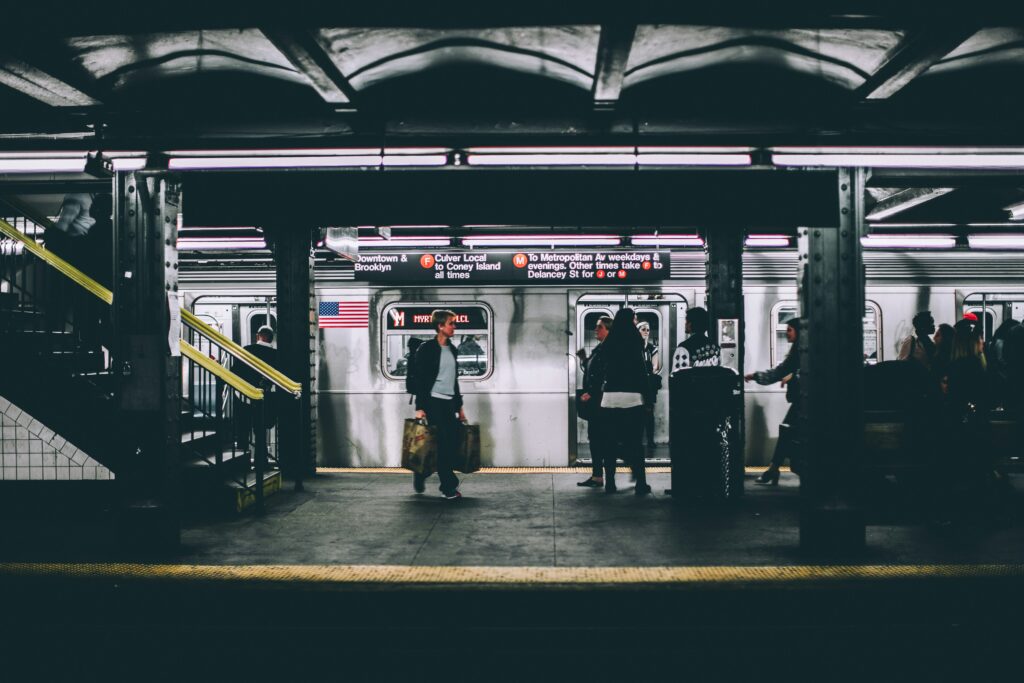
Community Fabric Under Strain
Beyond economic considerations, the social fabric of cities hangs in the balance. Elena, a Nicaraguan immigrant in Houston, voices a fear echoed in immigrant communities across the nation: “I’m scared… This is my home.” The threat of family separations, particularly in mixed-status households, casts a long shadow over urban neighborhoods.
Immigrant advocacy groups like FIEL are mobilizing, advising clients to prepare for “anything that can happen.” This atmosphere of uncertainty could lead to decreased community engagement and cooperation with local authorities, potentially impacting public safety and community cohesion.
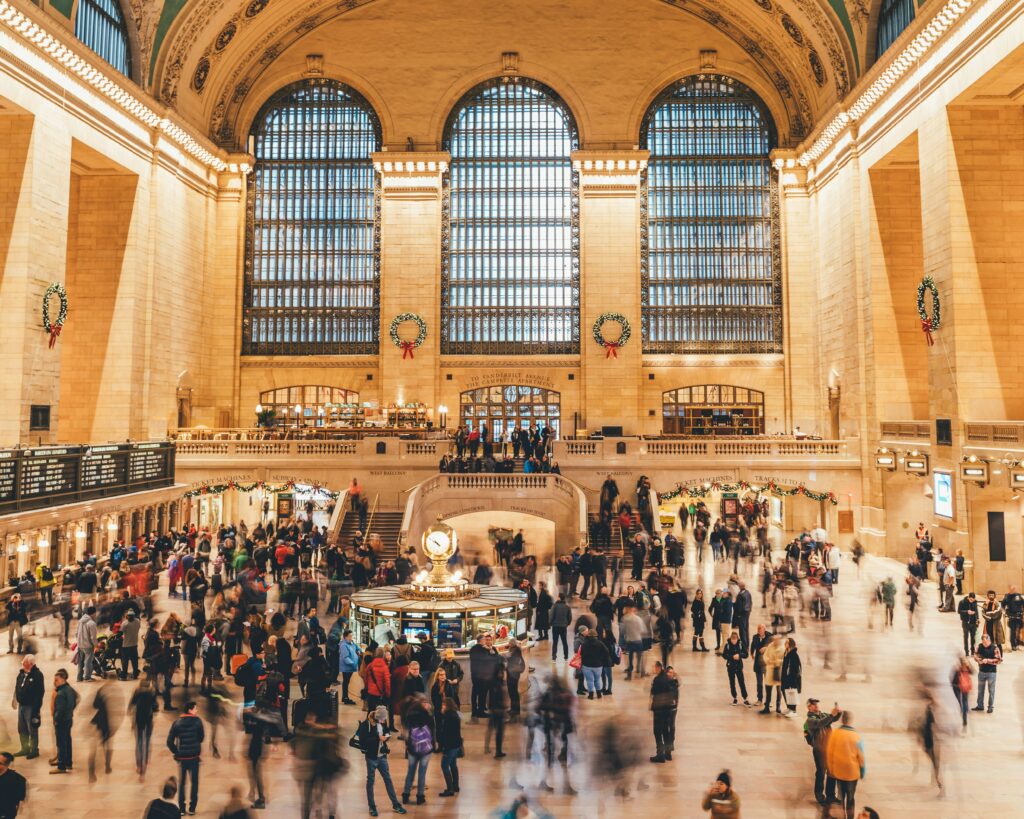
Cities at a Crossroads
As the debate intensifies, cities find themselves at a crossroads. Some, like New York and Los Angeles, have historically positioned themselves as “sanctuary cities,” often at odds with federal immigration enforcement. The impending clash between federal policy and local governance promises to be a defining feature of this new political landscape.
Meanwhile, the logistical challenges of implementing such a massive deportation operation remain daunting. Questions abound regarding detention facilities, transportation networks, and the sheer manpower required to carry out Trump’s vision.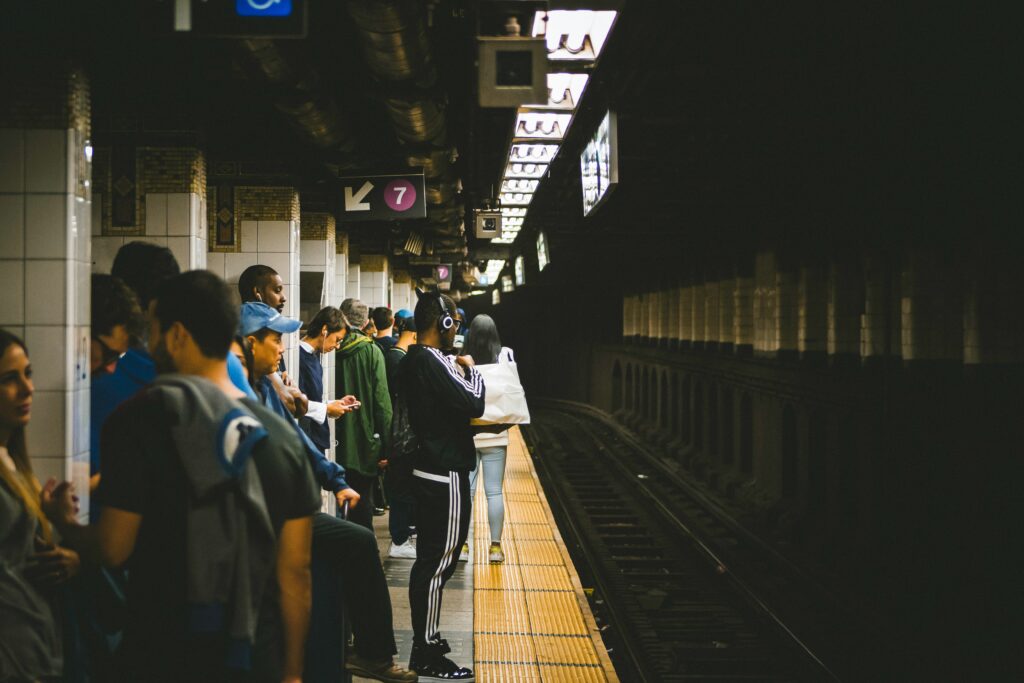
Looking Ahead
As America’s urban centers brace for potential change, the full impact of Trump’s deportation plans remains to be seen. Legal challenges are all but certain, and the resilience of America’s cities will be put to the test.
What is clear is that the coming months and years will be pivotal for urban America. As Jason Miller, a senior Trump adviser, puts it, the plan is to “immediately reinstate” immigration policies from Trump’s first term. For America’s cities, this could mean a period of unprecedented change, challenge, and, potentially, transformation.
As the nation watches and waits, the story of America’s cities in the face of this ambitious deportation plan is just beginning to unfold. The outcome will undoubtedly shape the future of urban life in America for years to come.
Bolanle Media is excited to announce our partnership with The Newbie Film Academy to offer comprehensive courses designed specifically for aspiring screenwriters. Whether you’re just starting out or looking to enhance your skills, our resources will provide you with the tools and knowledge needed to succeed in the competitive world of screenwriting. Join us today to unlock your creative potential and take your first steps toward crafting compelling stories that resonate with audiences. Let’s turn your ideas into impactful scripts together!
Business
Donald Trump Wins 2024 USA Election
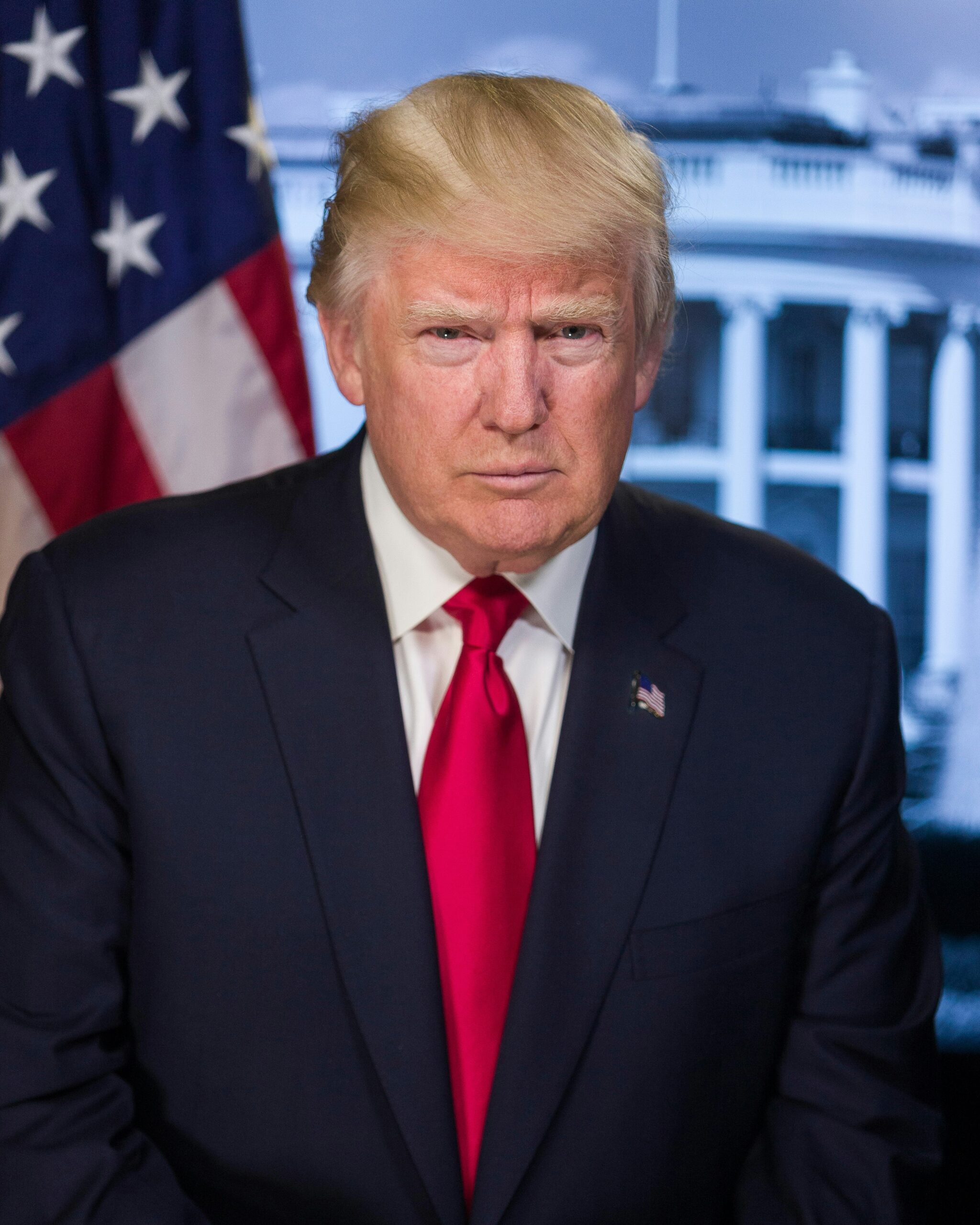
Based on the election results, Donald Trump has indeed won the 2024 U.S. presidential election, defeating Vice President Kamala Harris. Here’s an analysis of the key statistics and implications: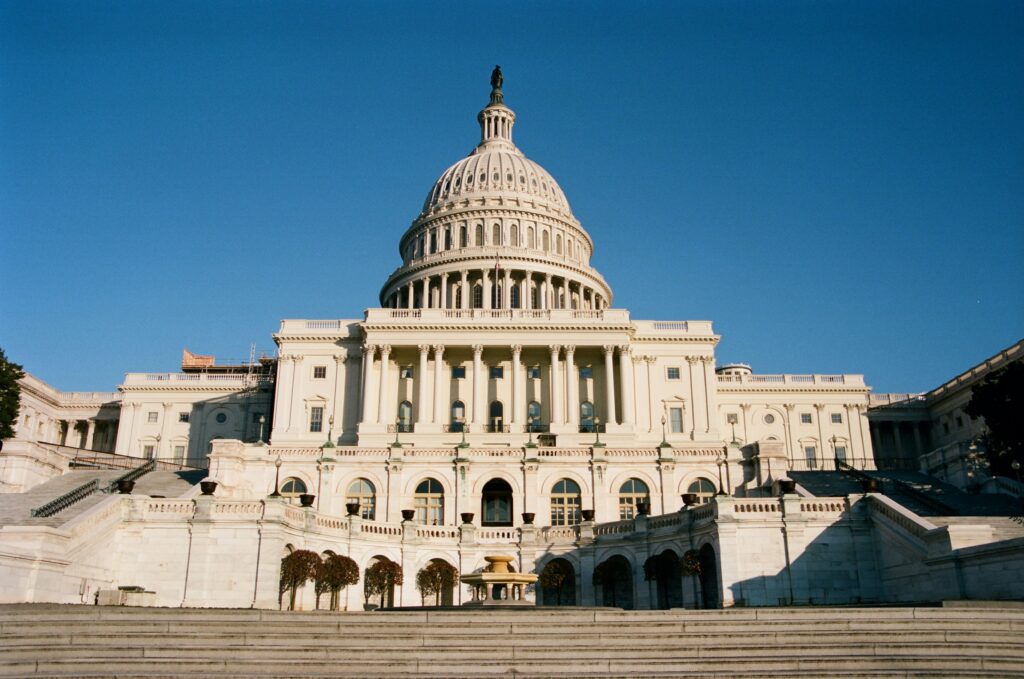
Electoral College Victory
Donald Trump has secured the presidency by winning crucial battleground states and flipping some key states that were previously held by Democrats. The final Electoral College tally is still being determined, but Trump has surpassed the 270 electoral votes needed to win.
Battleground State Performance
Trump’s victory was largely secured by winning several critical swing states:
- Wisconsin: Trump’s win here was pivotal in securing his path to victory.
- Pennsylvania: This state flipped back to Republican control.
- Georgia: Another key state that Trump managed to win back.
- Michigan: Trump successfully flipped this traditionally Democratic stronghold.
Popular Vote and Voter Priorities
While the final popular vote tally is still being calculated, exit polls provide insight into voter priorities:
- Economy and democracy were top concerns for voters.
- Abortion and immigration also played significant roles in voter decision-making.
Congressional Control
The election results extend beyond the presidency:
- Republicans are set to take back the Senate majority, securing at least 51 seats.
- Control of the House of Representatives remains undetermined.

Media Implications
The outcome of this election could be seen as a challenge to mainstream media narratives for several reasons:
- Polling Discrepancies: Many pre-election polls suggested a tight race or even a slight Harris advantage in key states. Trump’s victory, particularly in battleground states, may indicate that polls underestimated his support.
- Narrative Shifts: Throughout the campaign, much of the mainstream media focused on Trump’s legal challenges and controversies. His victory suggests that these issues may not have resonated with voters as much as economic and policy concerns.
- Voter Priorities: The emphasis on issues like the economy and immigration in voter decision-making may indicate a disconnect between media focus and voter concerns.
- Electoral Predictions: Many mainstream outlets were cautious about predicting a Trump victory, even as results began to favor him. This hesitancy could be seen as a reflection of broader media skepticism about Trump’s chances.
- Underestimation of Trump’s Base: The results suggest that Trump’s core support remained strong and potentially grew, despite negative coverage in much of the mainstream media.
It’s important to note that while the election outcome may challenge some media narratives, it doesn’t necessarily invalidate all mainstream reporting. The complex factors influencing voter behavior and the challenges of accurate political forecasting remain subjects of ongoing analysis and debate.
As the dust settles on this historic election, both the media and political analysts will likely engage in extensive reflection on the factors that led to Trump’s victory and the implications for future political coverage and analysis.
Bolanle Media is excited to announce our partnership with The Newbie Film Academy to offer comprehensive courses designed specifically for aspiring screenwriters. Whether you’re just starting out or looking to enhance your skills, our resources will provide you with the tools and knowledge needed to succeed in the competitive world of screenwriting. Join us today to unlock your creative potential and take your first steps toward crafting compelling stories that resonate with audiences. Let’s turn your ideas into impactful scripts together!
-

 News4 weeks ago
News4 weeks agoThe Hemp Village’s Inaugural Brunch: A Celebration of Resilience and Community Spirit
-

 Advice4 weeks ago
Advice4 weeks agoHow Community Engagement Ignites Cultural Phenomena
-

 Entertainment1 day ago
Entertainment1 day agoWhat Chris Tucker and Jackie Chan Teach Us About On-Screen Chemistry
-

 Advice1 day ago
Advice1 day agoThe Impact of Music on Film Pacing
-

 Advice4 days ago
Advice4 days agoMaster the Art of Film Casting
-

 Advice4 days ago
Advice4 days agoHow to Create Unforgettable Movie Scenes
-

 Advice4 days ago
Advice4 days agoReinventing Genres: Tips for Filmmakers
-

 Advice2 weeks ago
Advice2 weeks agoA Reality Check for Aspiring Filmmakers









